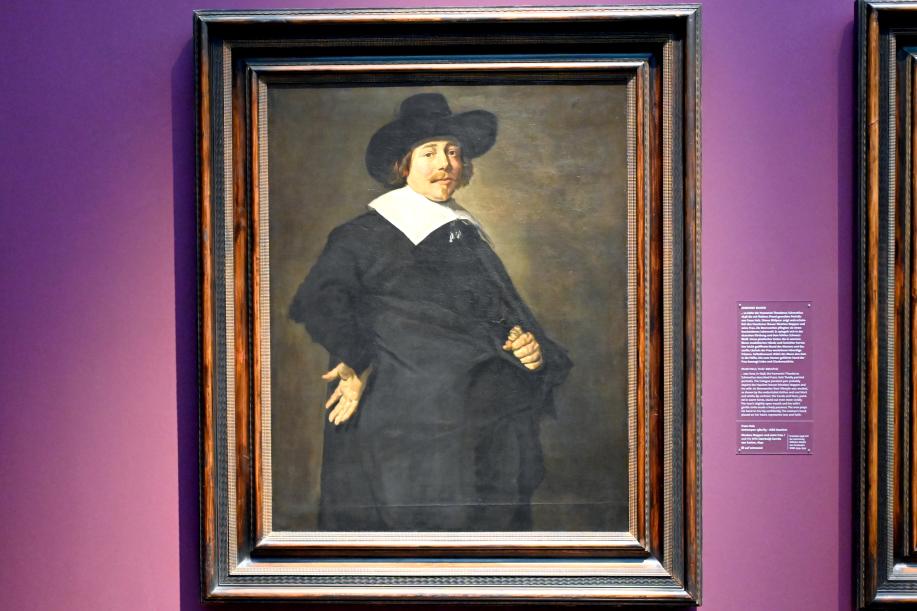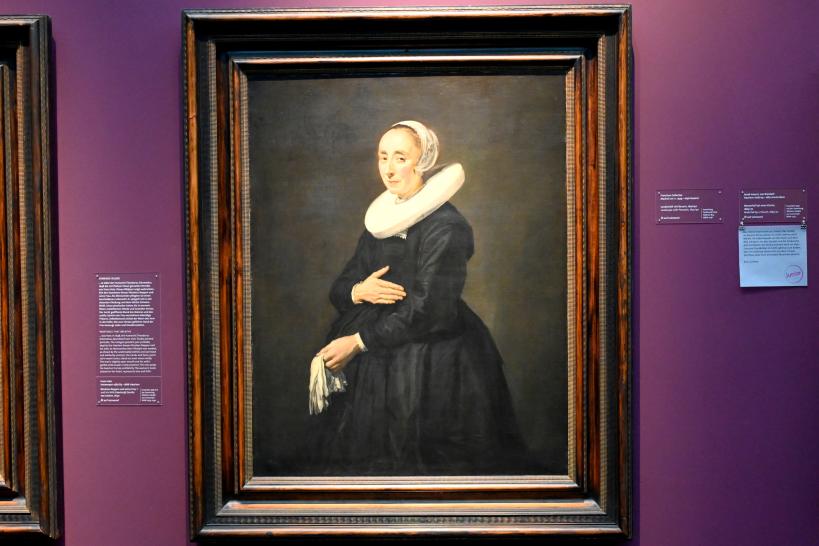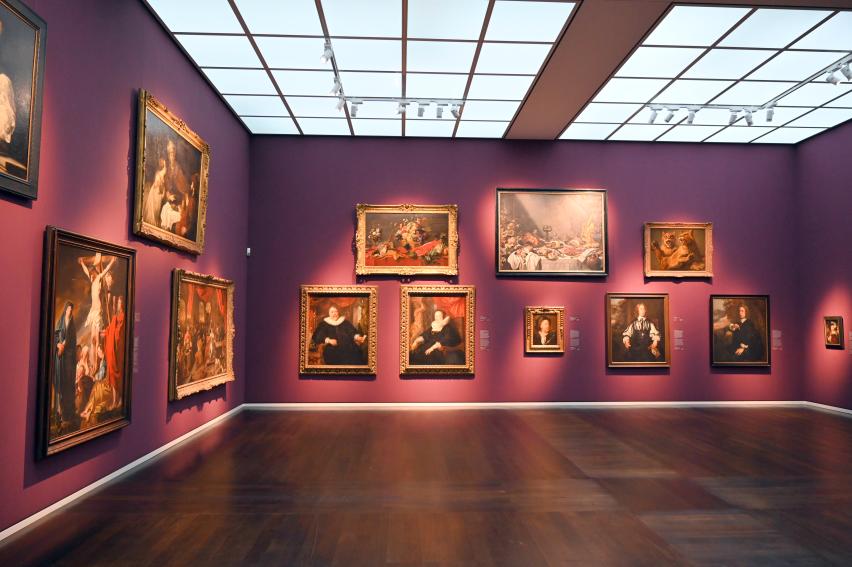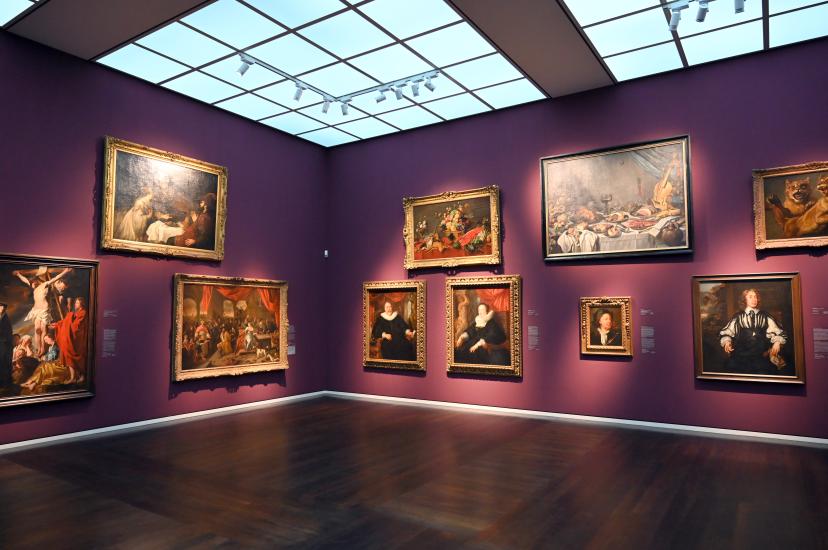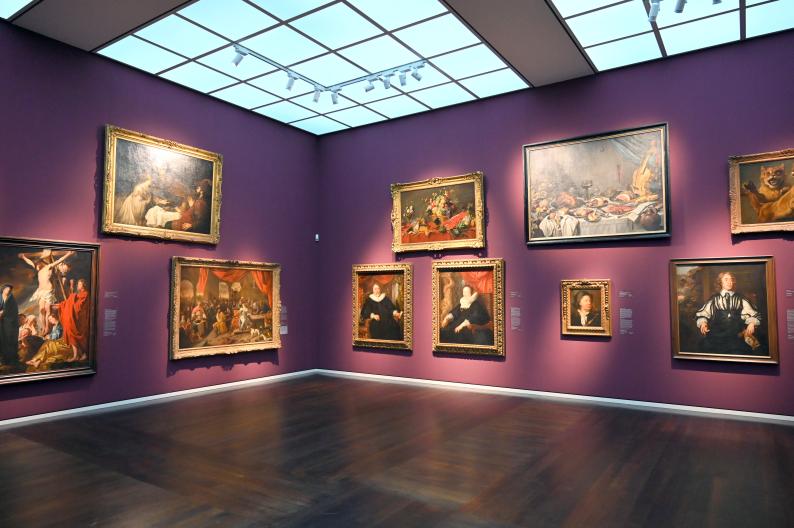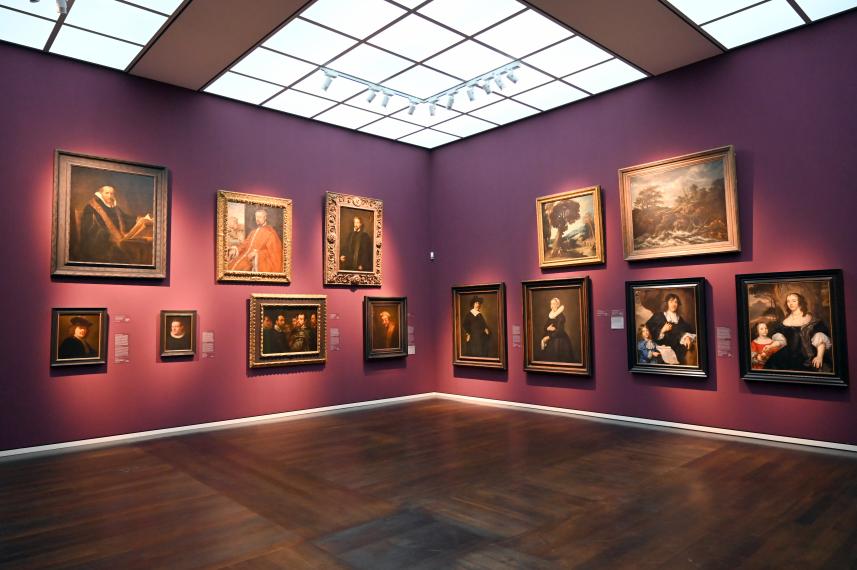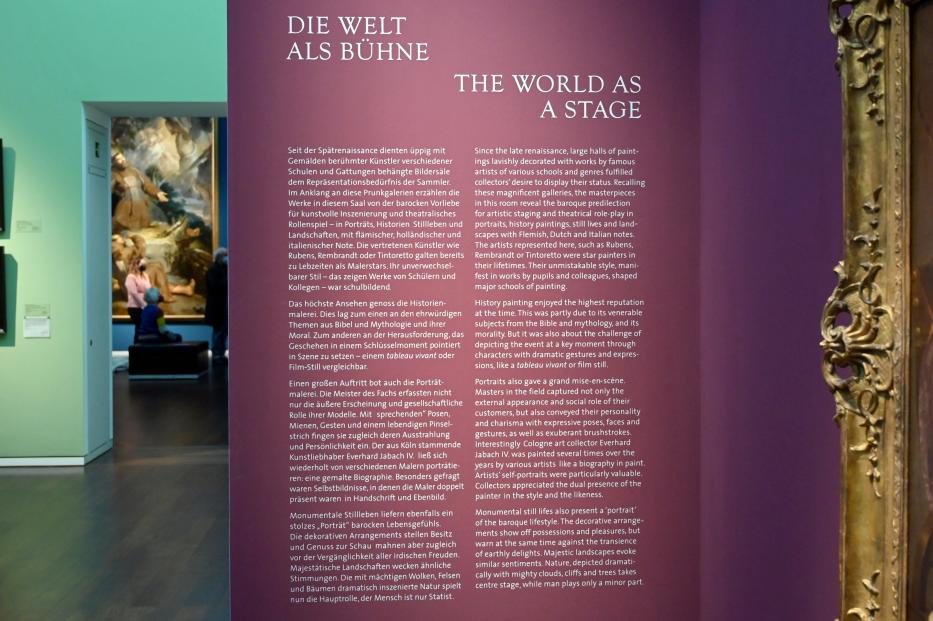Position Köln, Wallraf-Richartz-Museum
Bedeutende Künstler in Köln, Wallraf-Richartz-Museum, Barock - Saal 4 (1574–1688)
Künstler in Köln, Wallraf-Richartz-Museum, Barock - Saal 4
Francisco Collantes
um 1599 Madrid - 1656 Madrid
Frans Hals
um 1580 bis 1585 Antwerpen - 1666 Haarlem
Frans Snyders
1579 Antwerpen - 1657 Antwerpen
Jacob Jordaens
1593 Antwerpen - 1678 Antwerpen
Jan Mytens (Johannes Mijtens)
um 1614 Den Haag - 1670 Den Haag
Nicolaes Maes
1634 Dordrecht - 1693 Amsterdam
Pieter Claesz
um 1596/97 Berchem bei Antwerpen - 1661 Haarlem
Rembrandt (Rembrandt Harmenszoon van Rijn)
1606 Leiden - 1669 Amsterdam
Rembrandt (Werkstatt)
1606 Leiden - 1669 Amsterdam
Kunstwerke von Frans Hals (1640)
Köln, Wallraf-Richartz-Museum, Barock - Saal 4 (Inventar-Nr. WRM 2530)
1640
Köln, Wallraf-Richartz-Museum, Barock - Saal 4
